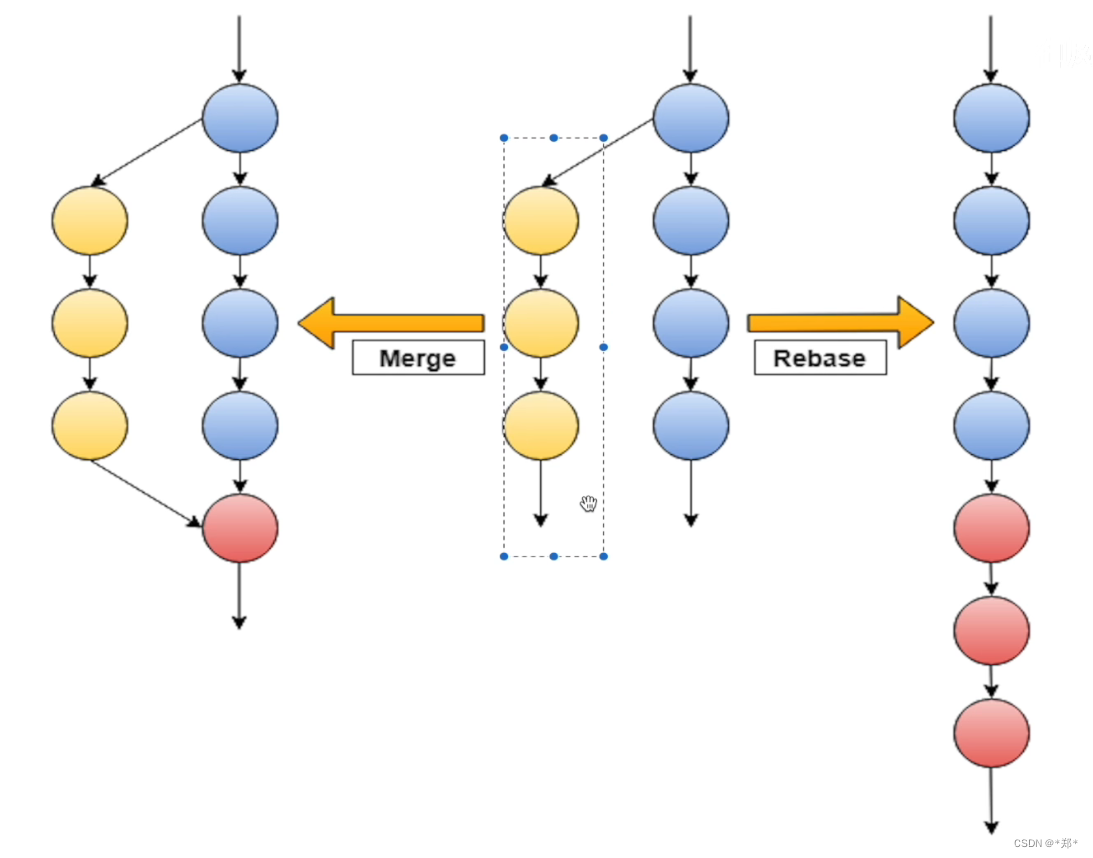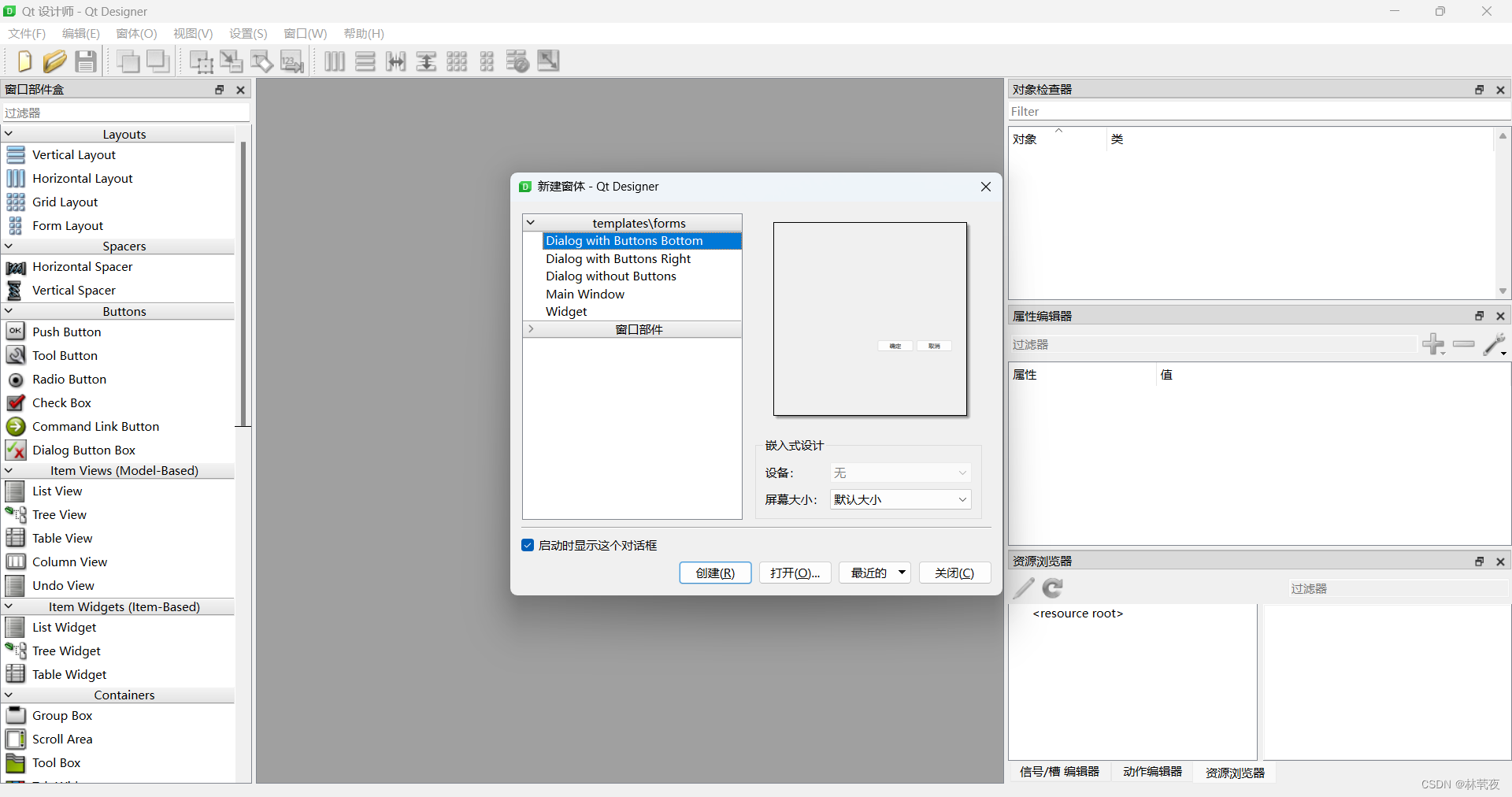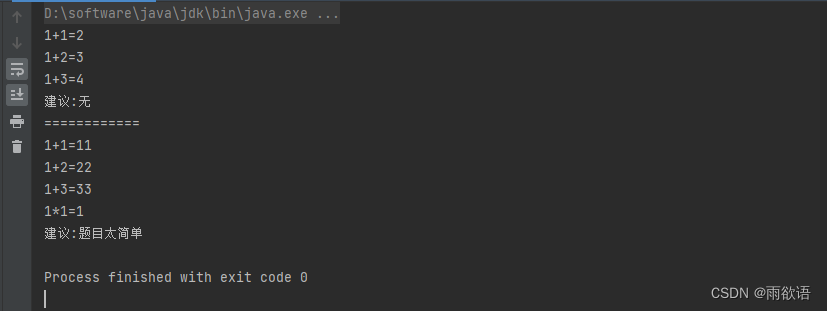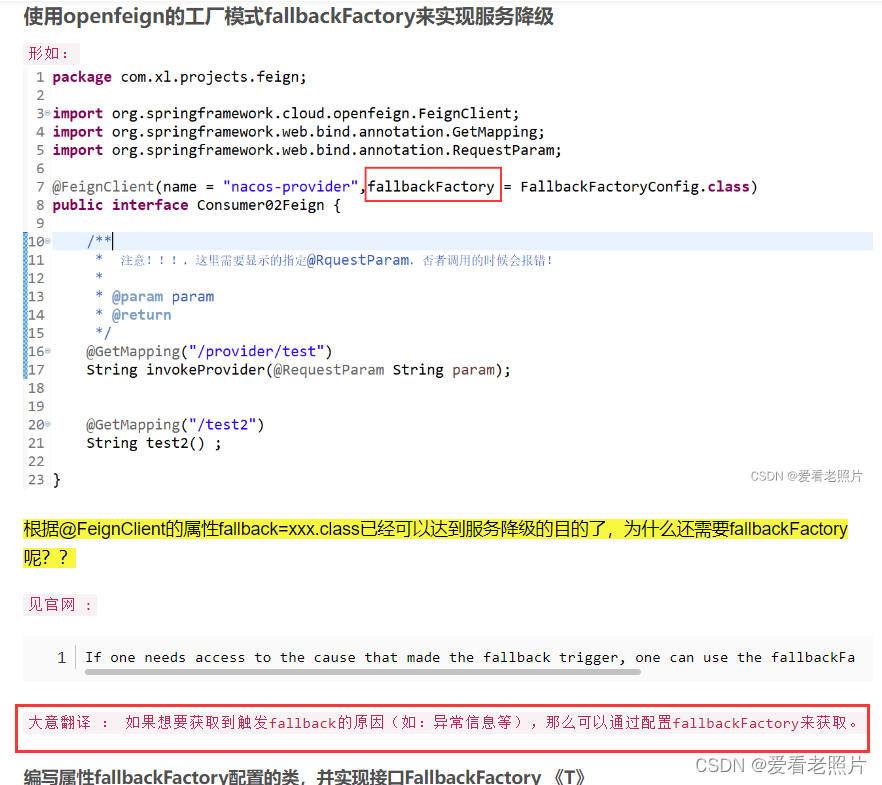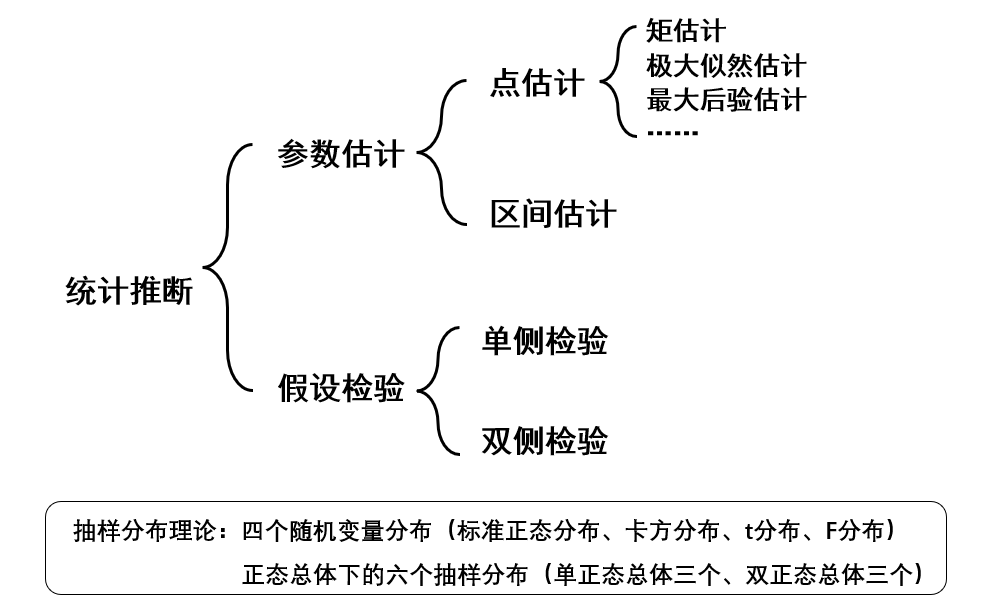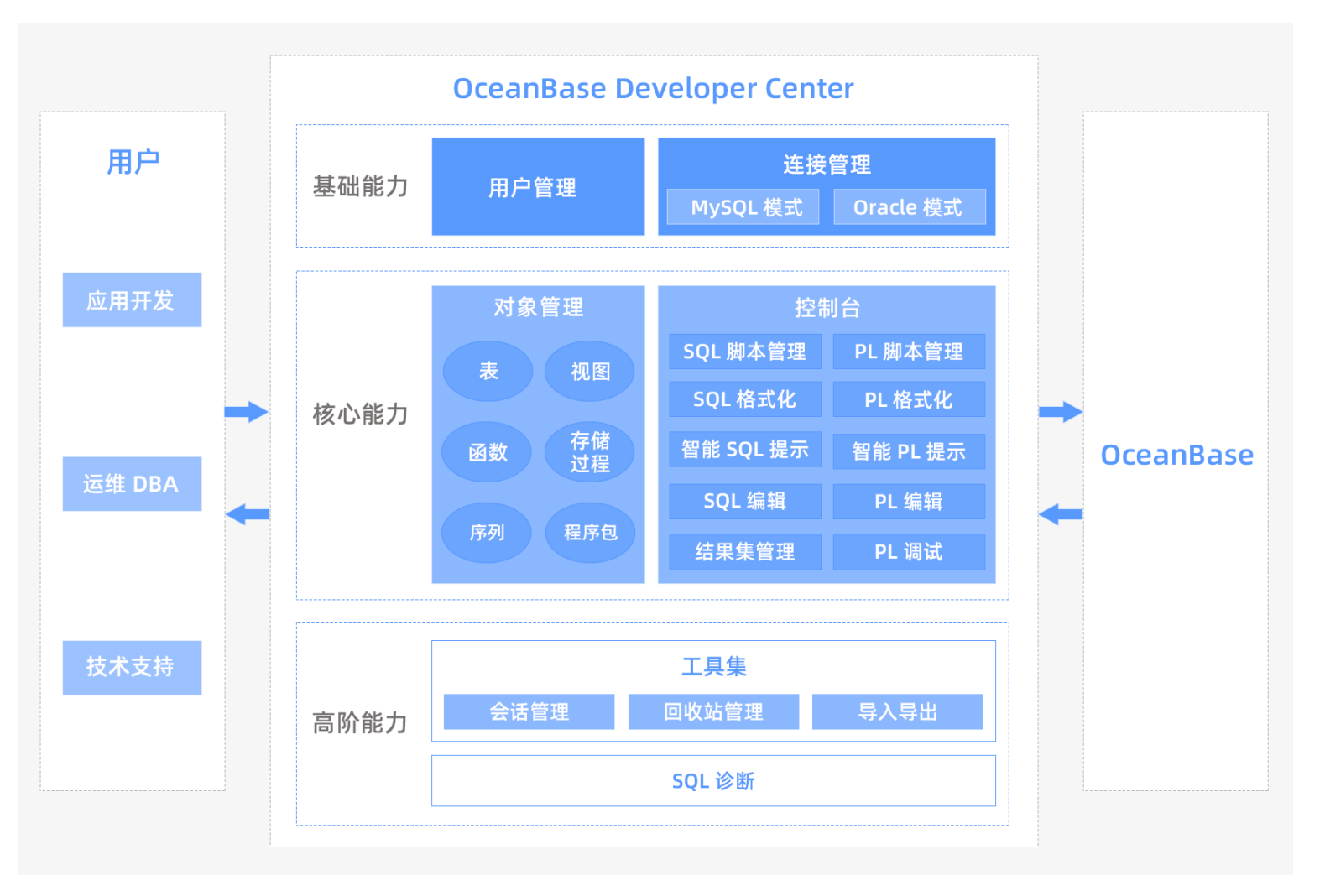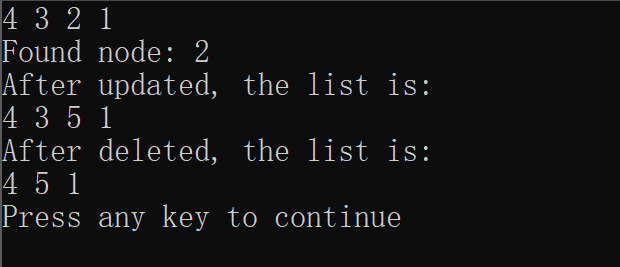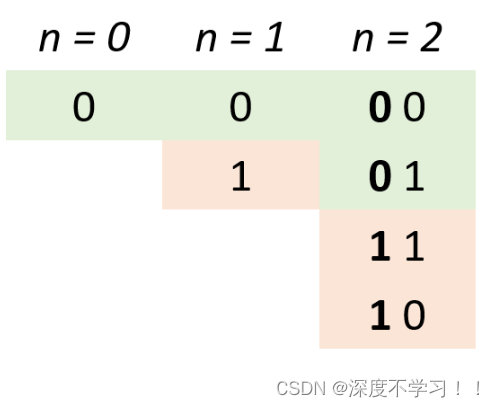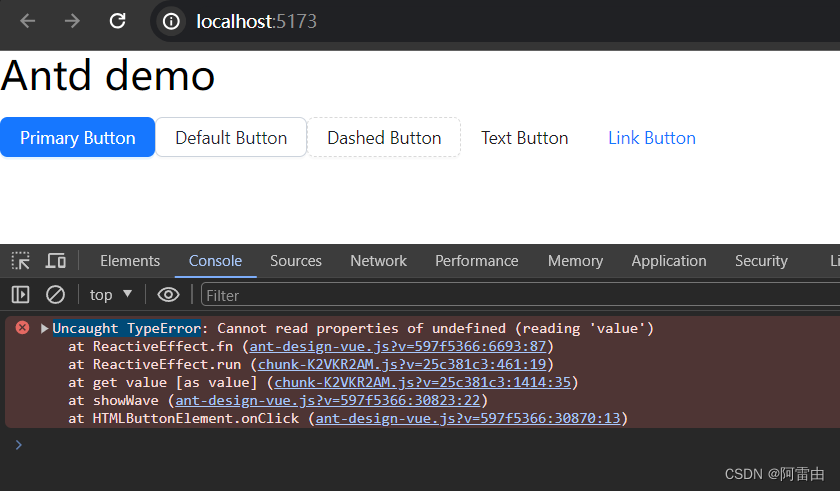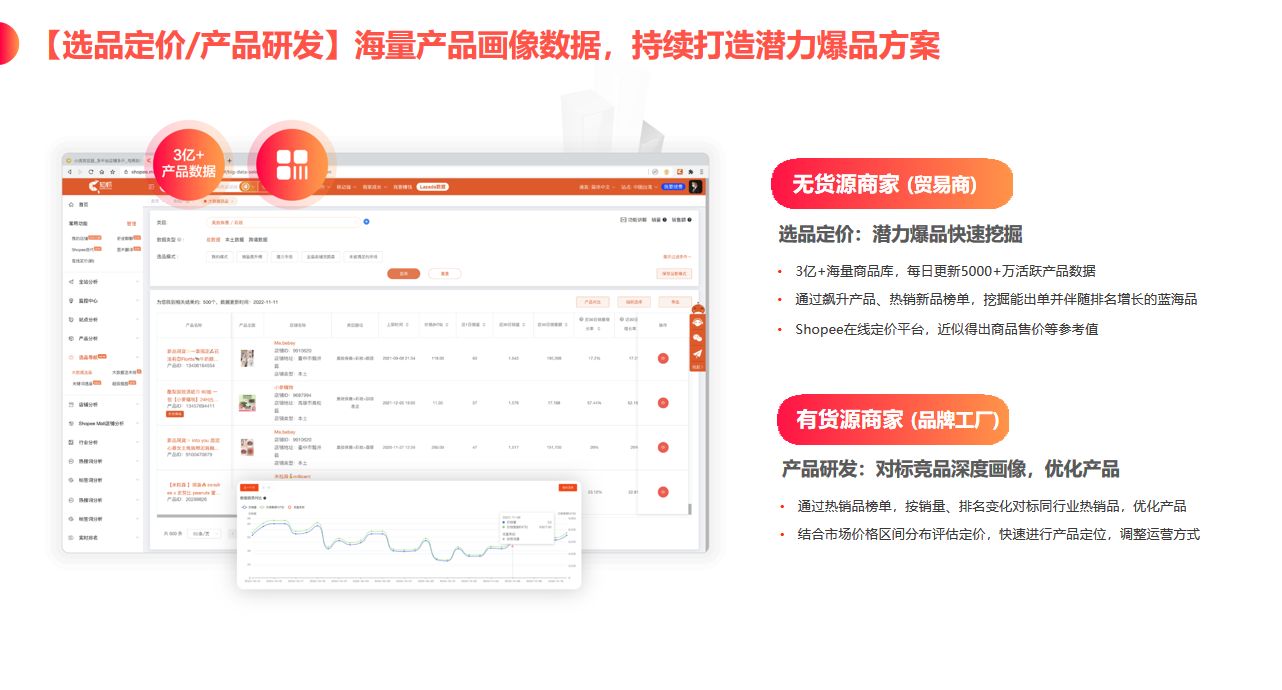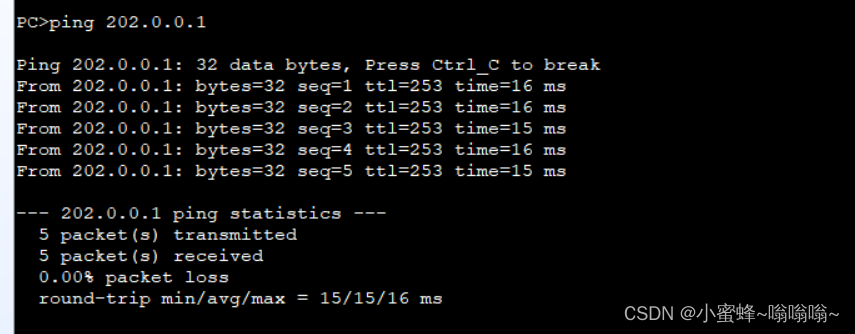Python语言有八种数据类型,有数字(整数、浮点数、复数)、字符串、字典、集合、元组、列表、布尔值、空值,下面我演示八种数据类型及集合、元组、列表三种类型之间的转换规则。
一、数据类型示例
下面我演示了八种数据类型,每个变量名都以【my_它的类型】命名。注意前三个变量类型都属于数字类型number
my_int=10 # 整数
my_float=10.0 # 浮点数
my_complex=10+2j # 复数
my_str='20' # 字符串,格式:' '
my_dict={'name':"Cindy","age":27} # 字典,格式:{key:value}
my_set={1,2,3} # 集合,格式:{ },里面的元素不能重复
my_tuple=(50) # 元组,格式:( )
my_list=[60] # 列表,格式:[ ]
my_bool=True # 布尔值,True和False,注意首字母必须大写
my_none=my_list.append(61) # 空值然后我们用type()函数拿到上面所有变量的类型
print(f'my_int的数字类型:{type(my_int)}')
print(f'my_float的数字类型:{type(my_float)}')
print(f'my_complex的数字类型:{type(my_complex)}')
print(f'my_str的数字类型:{type(my_str)}')
print(f'my_dict的数字类型:{type(my_dict)}')
print(f'my_set的数字类型:{type(my_set)}')
print(f'my_tuple的数字类型:{type(my_tuple)}')
print(f'my_list的数字类型:{type(my_list)}')
print(f'my_bool的数字类型:{type(my_bool)}')
print(f'my_none的数字类型:{type(my_none)}')运行结果

二、集合、元组、列表三种类型之间的转换规则
转换只需要用到set()函数、tuple()函数和list()函数,下面我以列表类型转换为元祖和列表为例,演示用法。
my_set={'red','green','yellow'} # 集合
new_tuple=tuple(my_set) # 元组
new_list=list(my_set) # 列表
print(f'最初的my_set:{my_set},类型:{type(my_set)}')
print(f'使用了tuple()方法的值:{new_tuple},类型:{type(new_tuple)}')
print(f'使用了list()方法的值:{new_list},类型:{type(new_list)}')运行结果

元组类型、列表类型转换也是一样的方法,我们想要什么类型的数据,使用对应的函数就可以。
